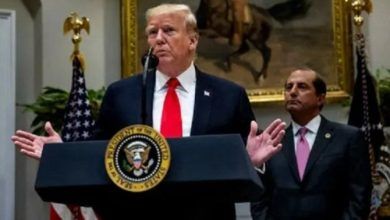
Nigeria’s external reserves have recorded a significant boost, climbing by more than $260 million in just one week, in what appears to be a positive shift in the country’s foreign account position.
Data released by the Central Bank of Nigeria (CBN) shows that the upward trend began on May 9, when reserves stood at $38.12 billion. By May 12, they had risen to $38.21 billion, continuing the ascent to $38.30 billion on May 14 and $38.33 billion on May 15. The week closed strong on May 16, with reserves hitting $38.38 billion, marking the highest level since early March and a two-month high.
This rebound comes after months of downward pressure triggered by a mix of challenges including external debt servicing obligations, reduced oil production, and unpredictable demand in the foreign exchange (FX) market.
Between January and April, the country’s reserves shrank by approximately $2.62 billion, falling from a high of $40.15 billion on January 20 to $37.93 billion by April 30. At one point in February, more than $1.3 billion was lost in a single month, with the reserves sliding to $38.82 billion by February 18. The downward spiral continued into March and much of April, with levels dipping below the $38 billion mark for several weeks.
Signs of recovery became visible in early May, with marginal gains leading to a more pronounced increase starting May 9. Analysts attribute this improvement to a combination of CBN reforms and supportive government policies aimed at restoring confidence in the FX market.
Following its Monetary Policy Committee (MPC) meeting on May 19 and 20, CBN Governor Olayemi Cardoso highlighted that recent measures to bolster reserves were beginning to yield tangible results. The MPC cited ongoing efforts to enhance market transparency, liberalise FX operations, and improve oversight of foreign exchange usage and Bureau de Change operators.
“The relative stability we’re seeing in the FX market is encouraging. These reforms must be sustained to continue strengthening the economy,” Cardoso stated at a briefing following the MPC meeting.
Government initiatives aimed at increasing local production, reducing demand for foreign exchange, and easing the inflationary impact of monetary policy tightening have also contributed to the improving outlook.
As a result, the Naira has maintained relative stability, trading within the N1,590 to N1,610 range so far this year.
With foreign reserves now rebounding and market conditions showing signs of stabilisation, economic experts are calling for stronger collaboration between fiscal and monetary authorities to build on the momentum and foster long-term resilience.





